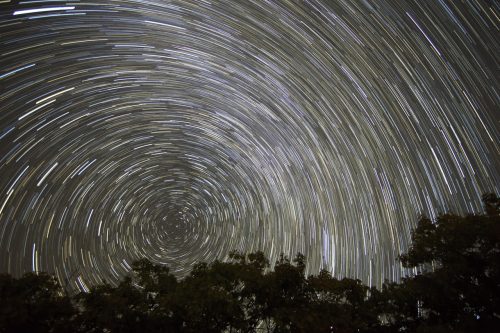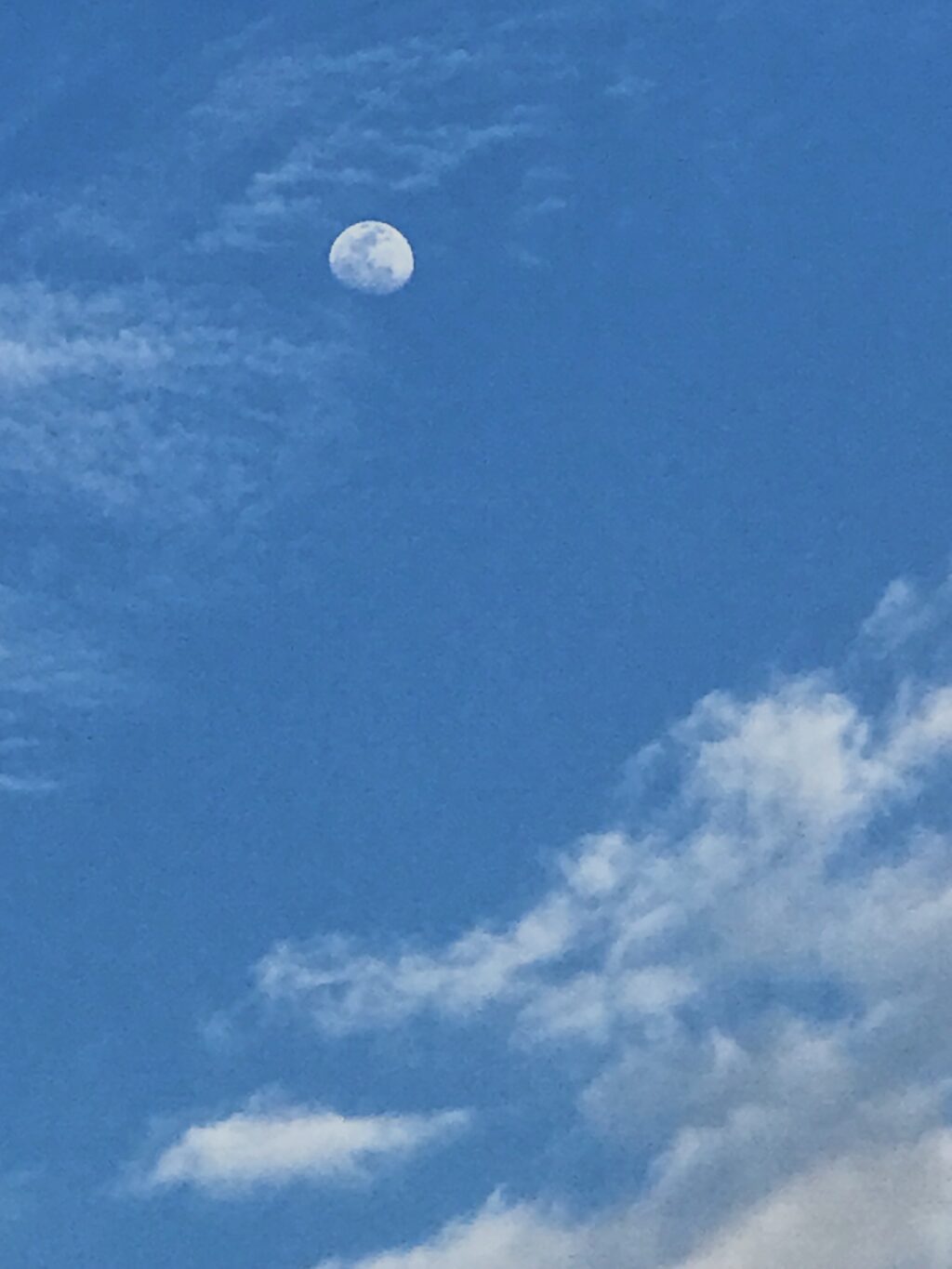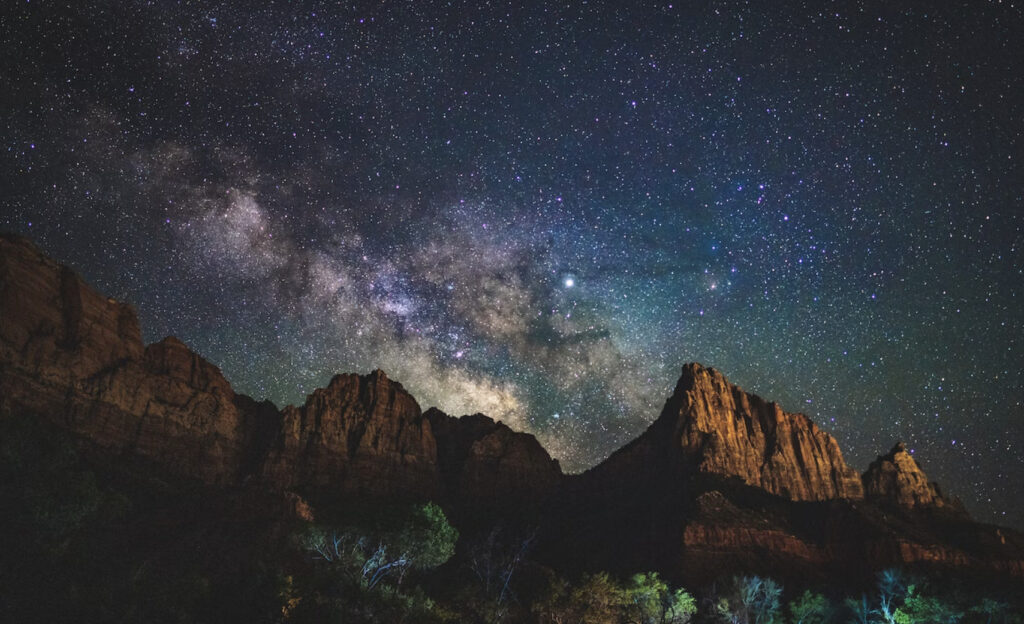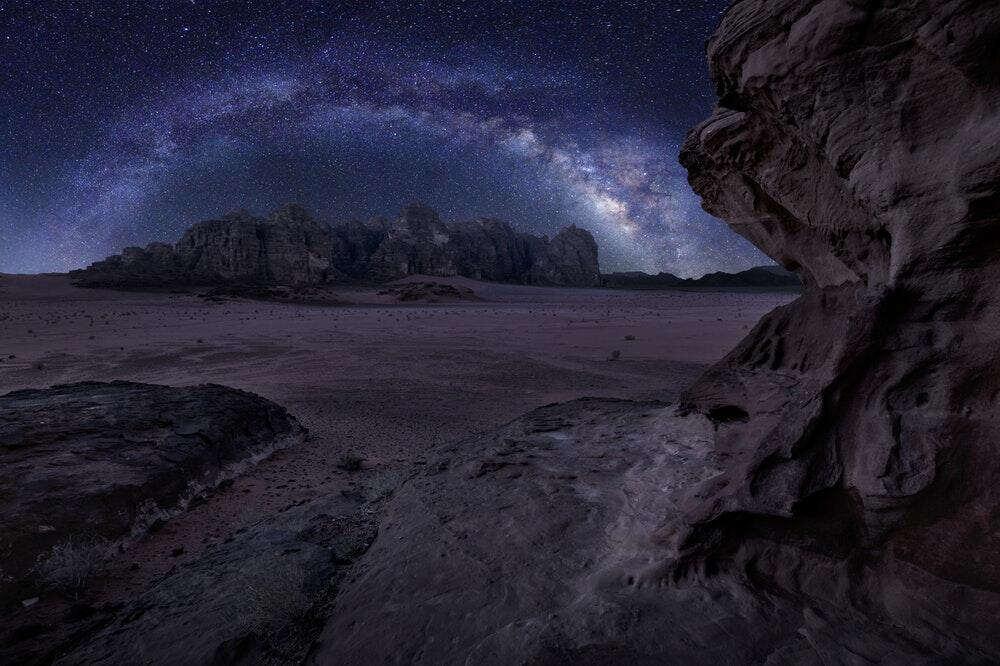Astrophotography is not so complicated as it seems and deep-sky astrophotography is adventurous and interesting because you are capturing light from objects that are even millions of light years away from Earth. The more you explore the night sky, the more interesting objects you will come across and be able to photograph.
Astrophotography of deep-sky objects was in the past mostly done using telescopes and specialized cameras. In recent years, many astrophotographers start with a DSLR or mirrorless camera and a moderate focal length lens. Here are 9 useful tutorials that will help you to get started in deep-sky astrophotography with the gear that you already have.
Grab your Milky Way Photography Blueprint for free right here.
1. Astrophotography: A Beginner’s Guide
Before starting out on astrophotography, you need to have a basic understanding of the techniques, gear, and camera settings to get an idea of how this works and to take your first deep sky photo. This tutorial from Sky at Night Magazine goes into the details of how even novice astrophotographers can capture great shots of nebulae, star clusters, galaxies, and other deep sky objects.
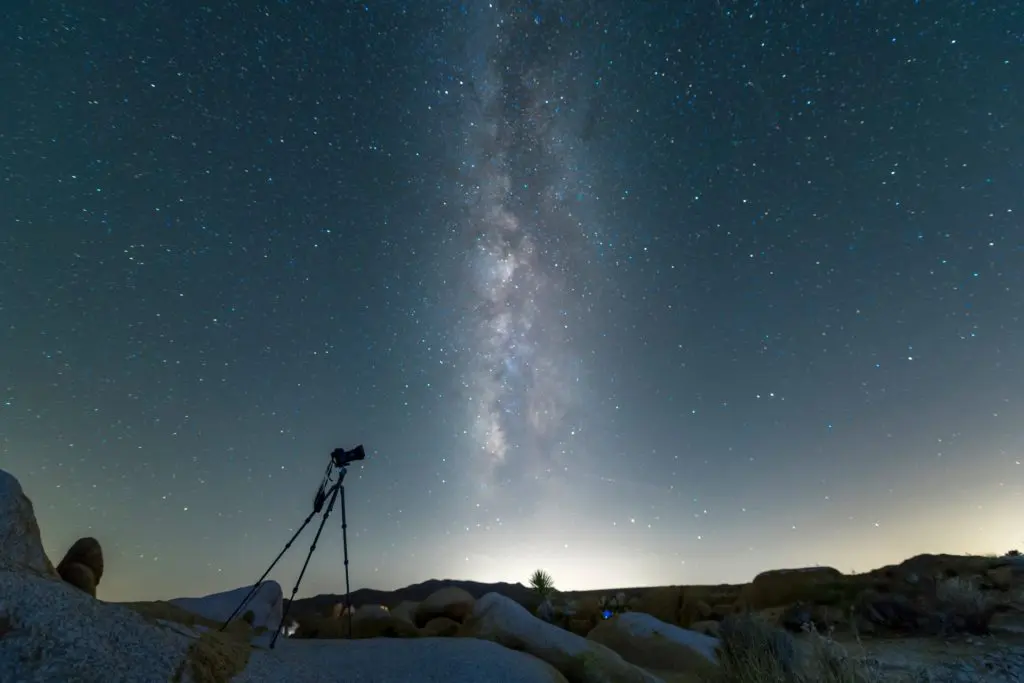
2. No Telescope – The 15 DSLR Best Astrophotography Targets
Once you have decided to take that leap into deep sky astrophotography, you need to have an idea of what objects you will be able to photograph in the night sky. Remember, keep an eye on the seasons because all through the year, you will have different objects up to at night in the sky allowing you to capture a good bunch of beautiful night sky objects. This tutorial from Galactic Hunter goes into detail about the 15 best astrophotography targets that can be captured without a telescope.
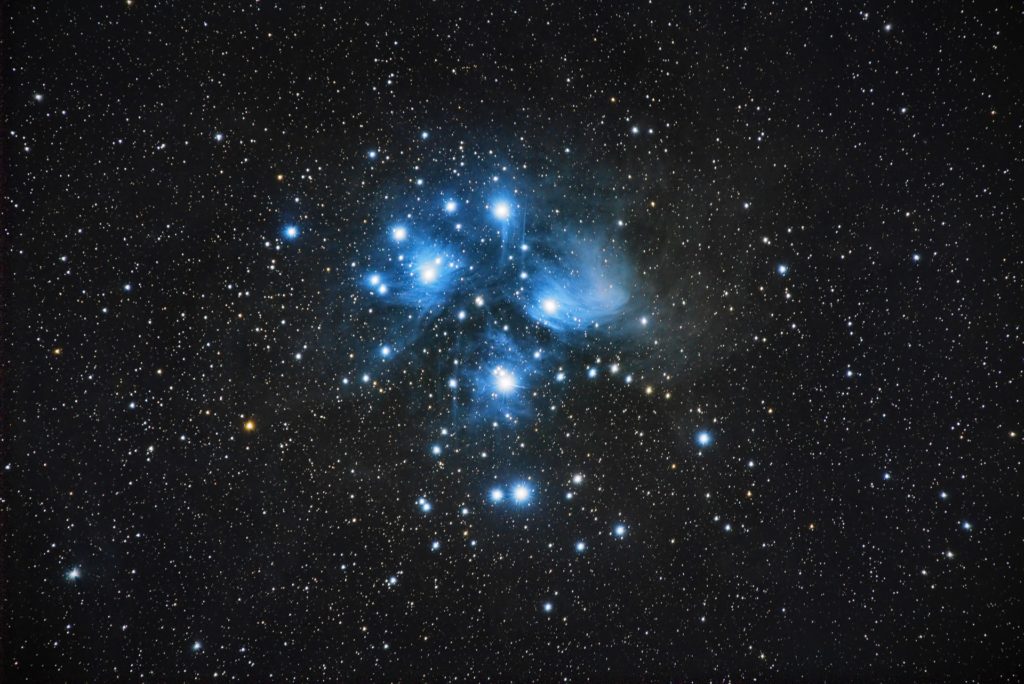
3. Untracked Astrophotography
Most astrophotographers usually invest in a small piece of gear when they get started, the tracking mount, but if you are someone who does not have a tracking mount in hand, you can just get started with the gear you have in hand. There are a good number of deep-sky objects that can be captured without the aid of tracking. This tutorial from Belt of Orion shows how you can photograph deep-sky objects using a fixed tripod.
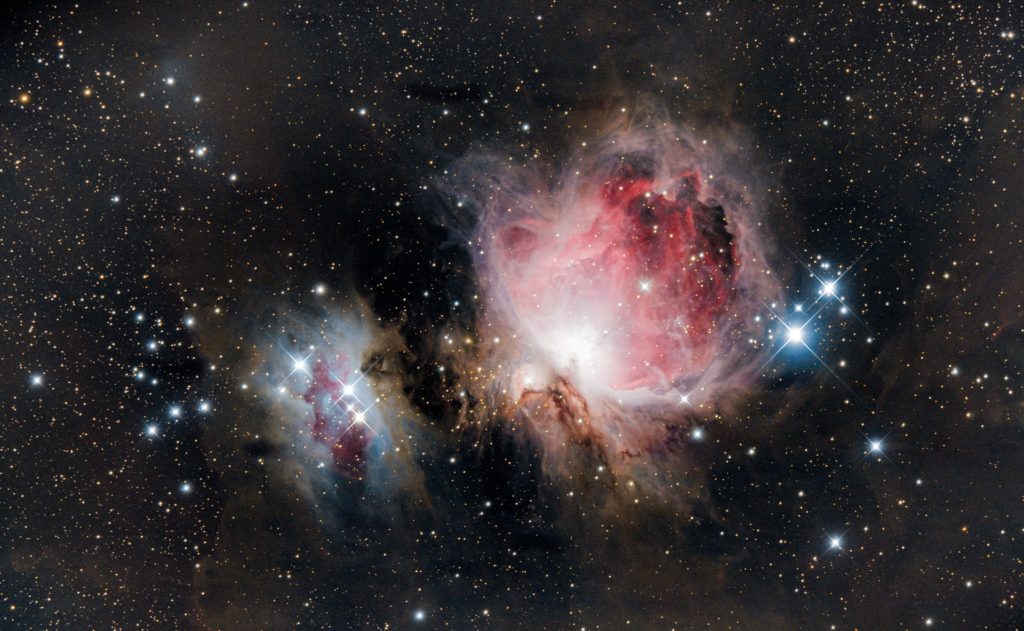
4. 7 Astrophotography Tips You Can Try Tonight
Astrophotography can be simple if you know the correct settings and techniques that need to be used for a particular set of gear that you will be using. With some useful tips, you can be sure to get perfect shots of deep-sky photographs. This tutorial from Astro Backyard gives you 7 astrophotography tips to capture astrophotos with a basic camera, lens, and a sturdy tripod.
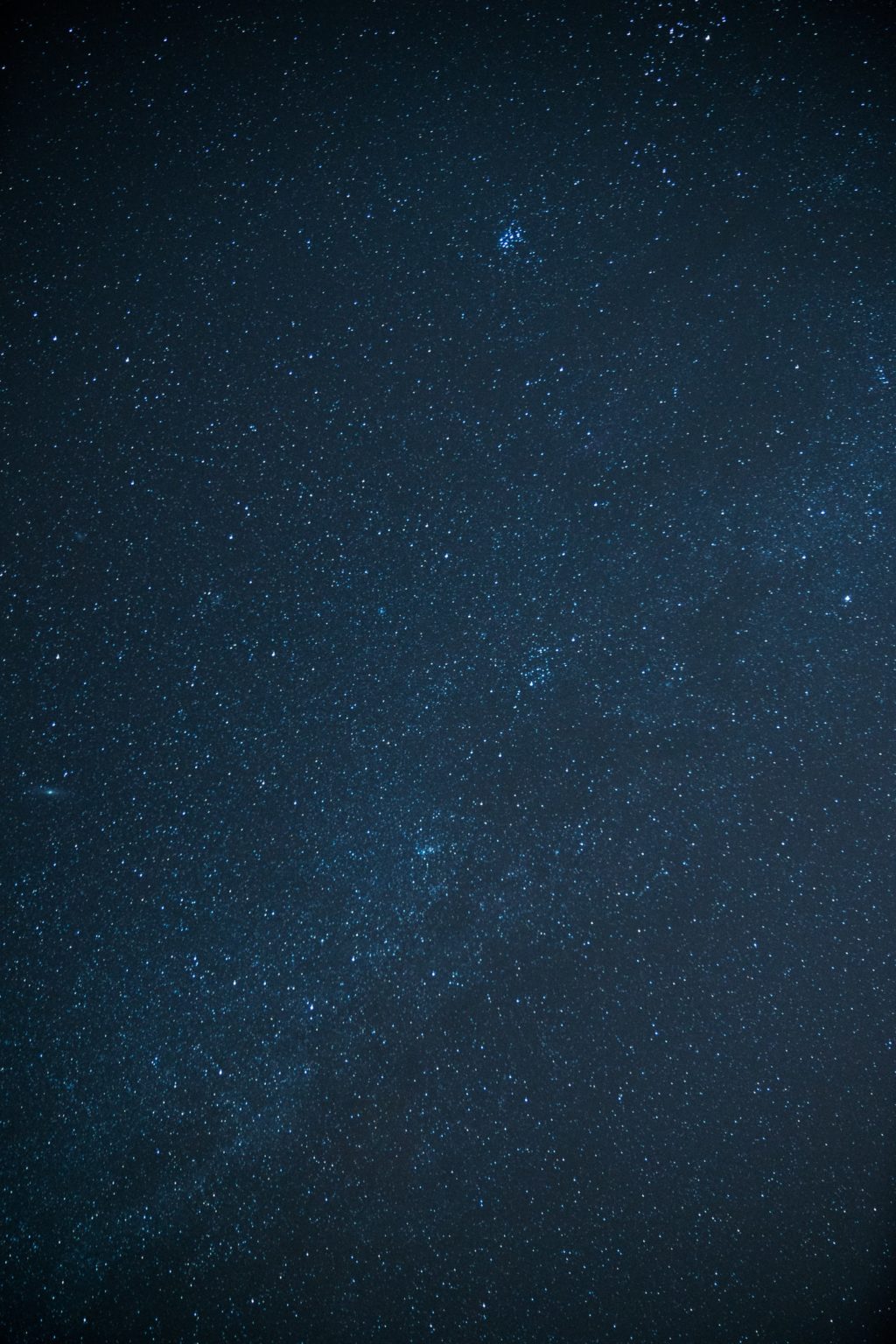
5. Deep Sky With Your DSLR
DSLRs are much more versatile than you would think and they can be used to shoot almost all genres of photography that you can think of. If you have some interest in astrophotography, then there is so much you can photograph with your DSLR and the lens that you have. This tutorial from Sky and Telescope talks about astrophotography using a DSLR along with image processing information and suggestions for popular programs available for DSLR astrophotography.
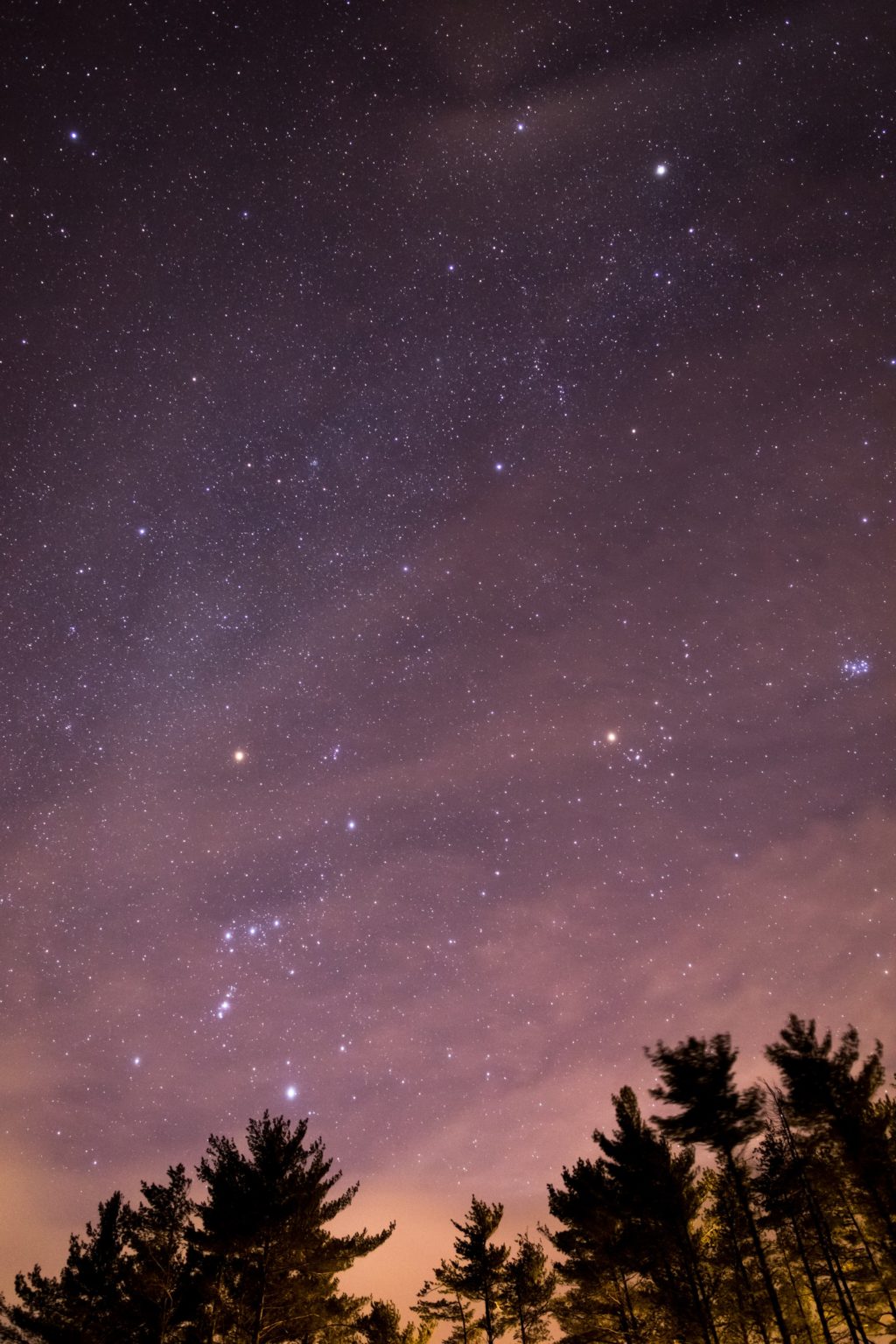
6. How To Do Deep-Sky Astrophotography Without A Telescope
We again insist that you do not have a telescope for deep sky imaging, no problem. You can still shoot deep-sky astrophotography without a telescope because a telescope is nothing but a huge lens and if you have a moderately long lens, the number of deep-sky targets that you can shoot is many. This tutorial from Photographing Space goes into details on equipment, lens, setting up the mount and tripod, capturing data using a camera and lens.
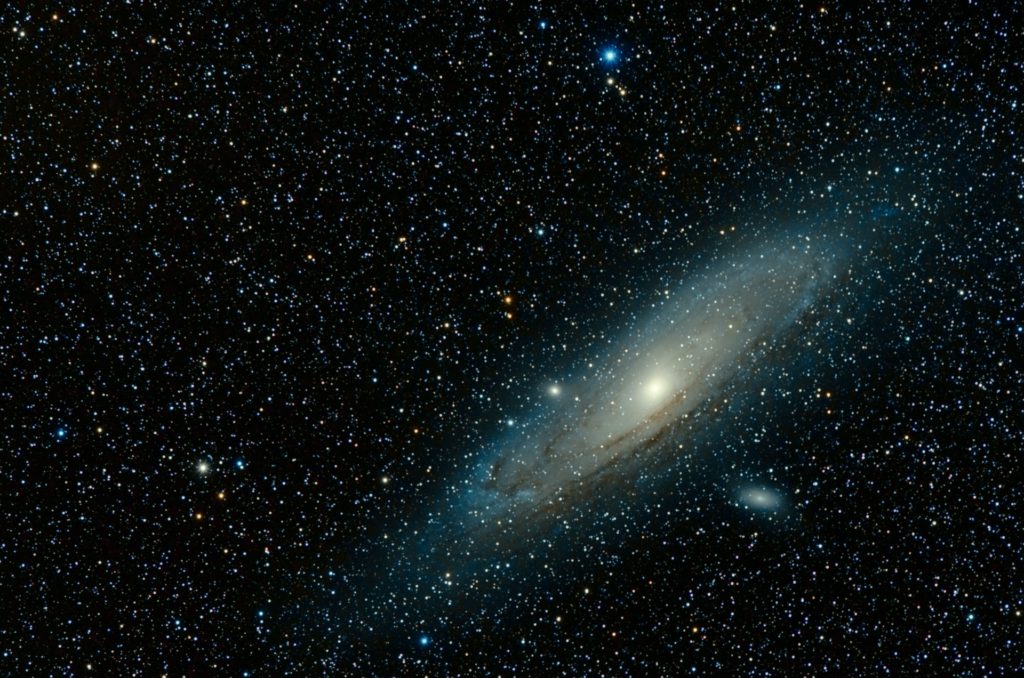
7. Deep Sky Stacker – A Step By Step Tutorial On How To Use Deep Sky Stacker (DSS)
Once you have captured all the data required for a particular target in space, you will need to process them. There are many programs that can do the job and one of the most popular and easy-to-use programs is the Deep Sky Stacker (DSS) that most of the time works great with the default settings. This tutorial from Night Sky Pix has an in-depth tutorial on how to use DSS to calibrate and stack your best deep sky images.
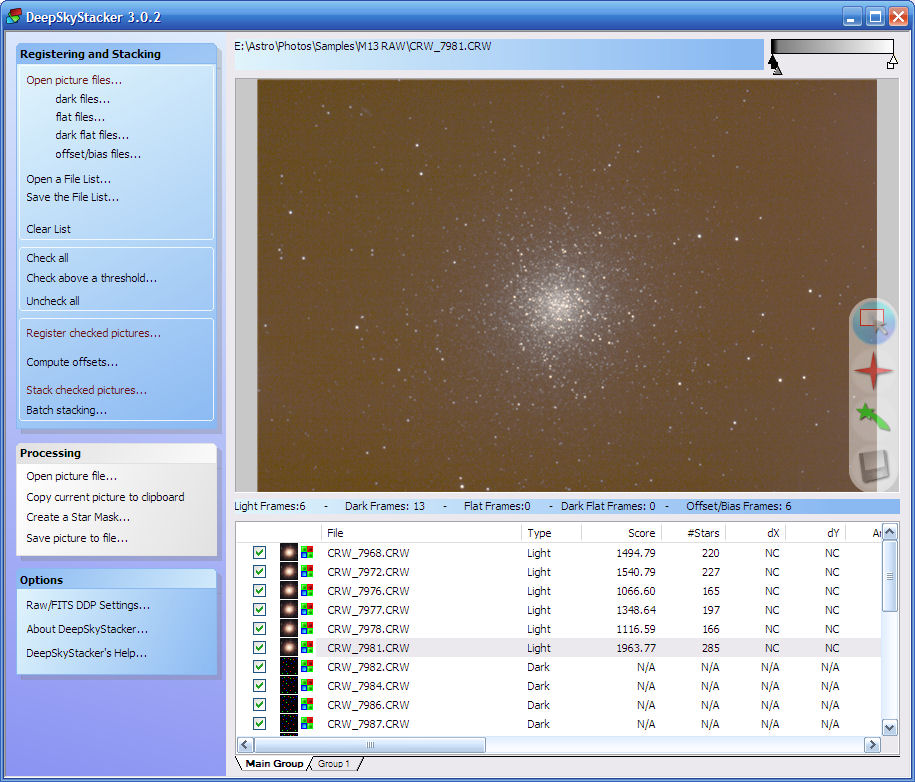
8. Astrophotography Editing Tutorial In Photoshop
Processing astrophotography images are done in two parts: pre-processing and post-processing. Once you have preprocessed your images using a stacking program, you will get an image that does not show many details. You will need to use a program like Photoshop to post-process and bring out all the amazing details from the pre-processed file. This tutorial by Astro Farsography is brilliant with all the information one needs to learn the core astrophotography editing skills.
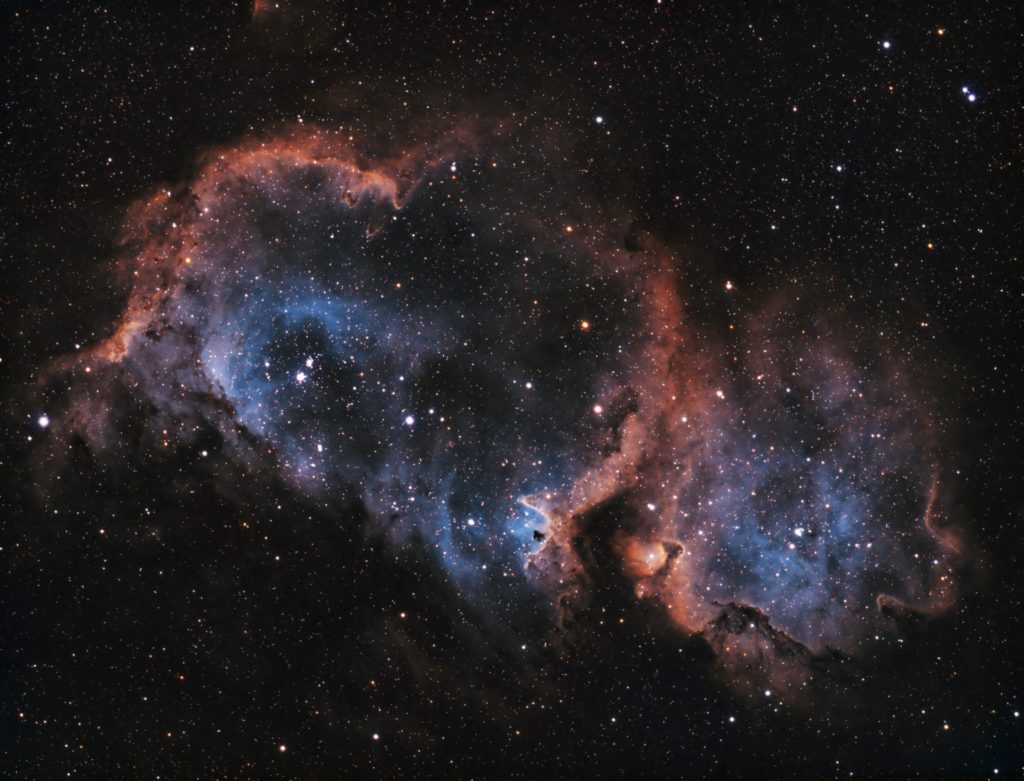
9. How To Photograph The Orion Nebula With A DSLR Camera
Now that you know the basics of astrophotography using a camera and lens, you can dive in to photograph some of the easiest targets in the night sky. One such target is the Orion Nebula and there are other targets like the Andromeda Galaxy, Lagoon, and Trifid nebulae that are easier to capture. This tutorial from Sky at Night Magazine talks about photographing the Orion Nebula and bringing out its hidden details with the astrophotography and image processing guide.
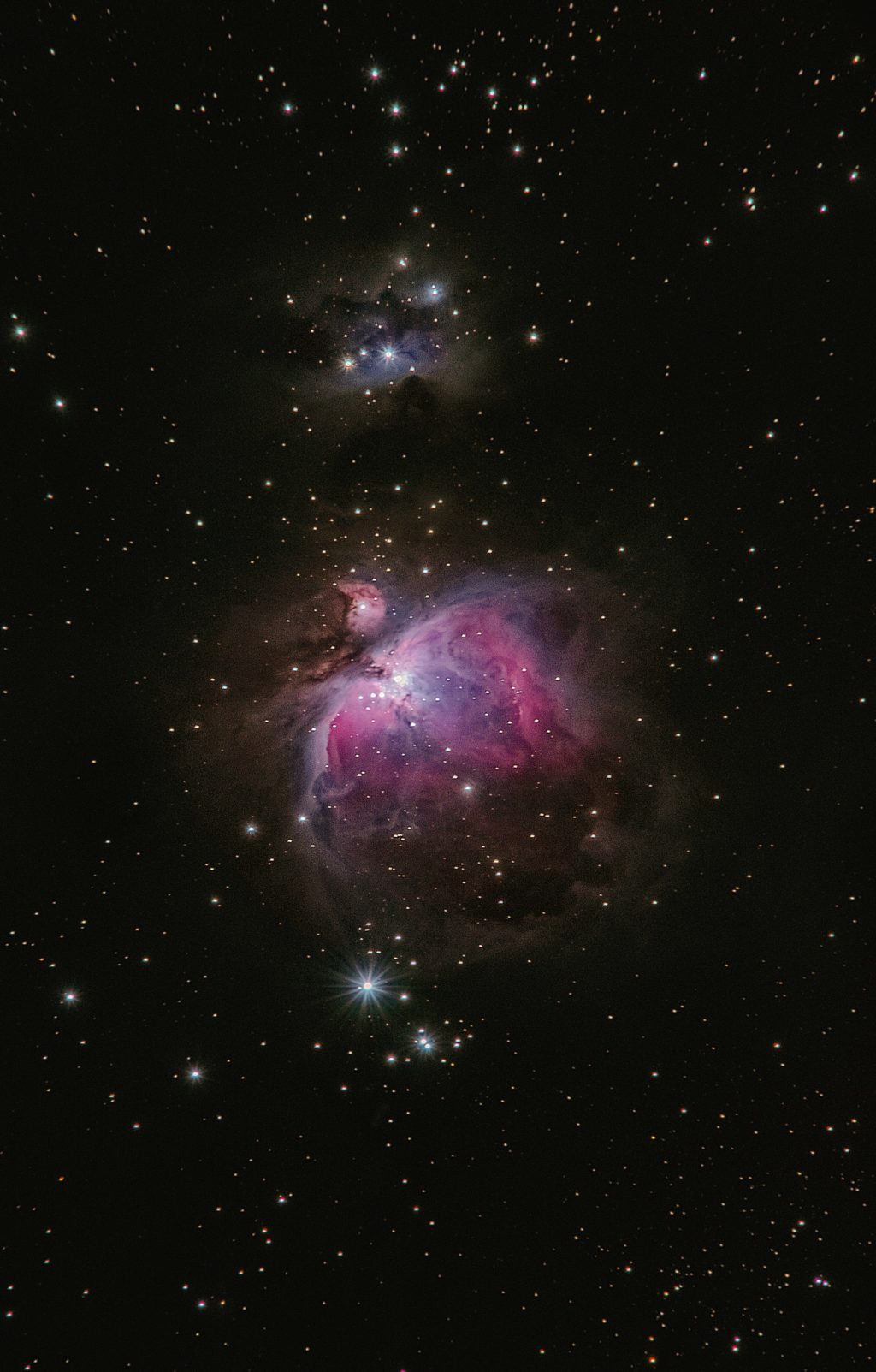
Further Resources On Astrophotography:
- A Guide To Untracked Astrophotography
- How To Achieve Creative Astrophotography Effects
- Should You Turn Noise Reduction On Or Off For Astrophotography?
- How To Photograph The Orion Nebula
- How to Photograph the Milky Way in 12 Steps (With 18 Epic Examples)
- What Is The NPF Rule And How To Use It For Brilliant Star Photography?

